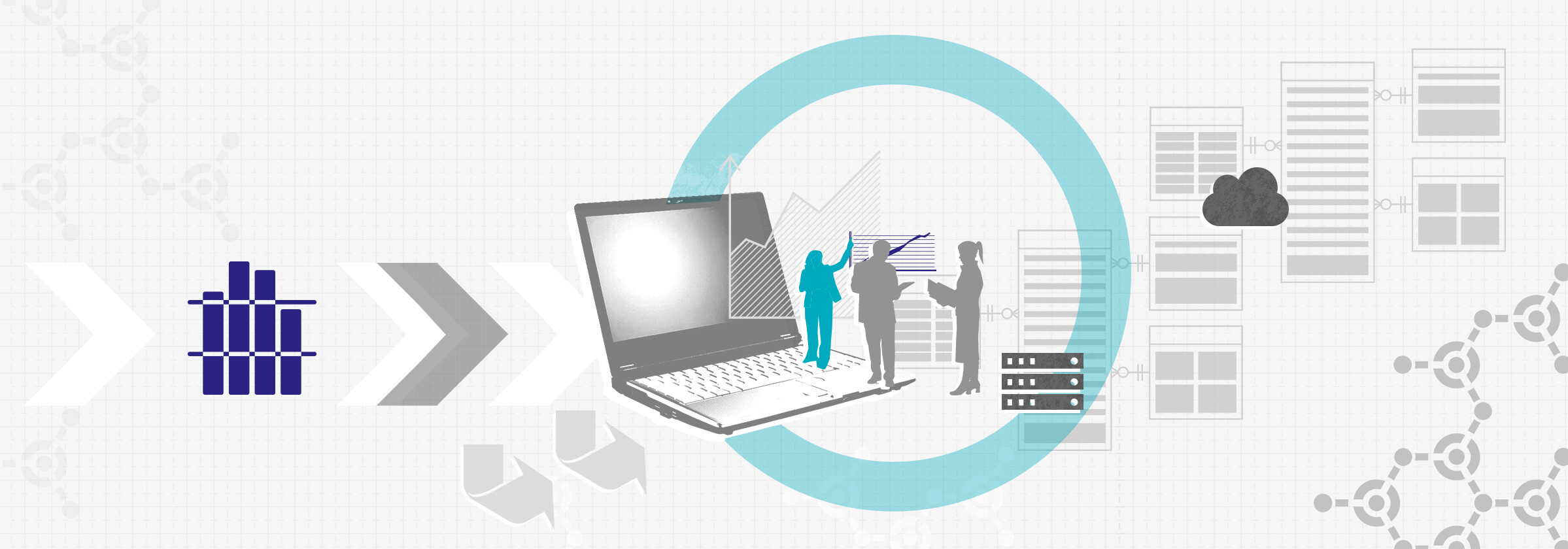Snowflake and Data Vault 2.0
In today’s fast-paced, data-driven business environment, organizations are continuously seeking innovative solutions to manage and optimize their vast amounts of data. The combination of Snowflake, a state-of-the-art cloud data platform, and Data Vault 2.0, a methodology designed for long-term historical storage of data, presents a game-changing approach to data management. Together, these technologies offer unparalleled scalability, performance, and cost efficiency, making them indispensable tools for any data-centric organization.
Leveraging Snowflake and Data Vault 2.0 for Enhanced Scalability, Performance, and Cost Efficiency
In this webinar, we’ll explore how to leverage Snowflake’s powerful cloud data platform in combination with Data Vault 2.0 to meet modern data warehouse requirements. We’ll cover strategies for achieving enhanced scalability and performance while maintaining cost efficiency.
The first part of the webinar provides an overview of Snowflake’s unique features and their benefits for Data Vault 2.0. The second part delves into key strategies for optimizing development processes, reducing total cost of ownership, and ensuring sustainable data management.
Enhanced Scalability and Performance
Snowflake’s architecture, which separates compute and storage, allows for horizontal scaling and ensures high performance even with large data volumes. This scalability is crucial for handling the increasing data demands of modern businesses. Data Vault 2.0’s modular approach complements Snowflake’s architecture, enabling efficient data integration and historical tracking without compromising performance. The synergy between Snowflake’s robust infrastructure and Data Vault’s methodology ensures that businesses can scale their operations seamlessly while maintaining data integrity and accessibility.
Snowflake also allows for dynamic resizing of compute resources to handle varying workloads efficiently. Additionally, Snowflake supports vertical scaling by adding more clusters to handle concurrent queries, ensuring optimal performance during peak times. This ability to dynamically resize and scale vertically ensures that businesses can meet performance demands without incurring unnecessary costs.
Cost Efficiency and Total Cost of Ownership
One of the standout features of Snowflake is its pay-per-second pricing model, which helps businesses minimize costs by only paying for the compute resources they use. This, coupled with Data Vault’s efficient data storage practices, reduces redundancy and optimizes storage costs. Implementing these technologies together significantly lowers the total cost of ownership (TCO), making it a financially viable solution for organizations of all sizes. The cost efficiency is further enhanced by Snowflake’s zero-copy cloning and efficient data storage solutions, which reduce overall data management expenses.
Zero-Copy Cloning
Zero-copy cloning is a feature in Snowflake that allows users to create a clone of a database, schema, or table without actually copying the data. Instead, Snowflake uses metadata pointers to reference the original data. This means that creating a clone is nearly instantaneous and does not consume additional storage.
- Efficiency: Because no actual data is copied, the process is very fast and storage efficient.
- Cost-Effective: Since clones share the same underlying data, storage costs are minimized. Only changes made to the cloned data incur additional storage.
- Flexibility: Clones can be used for various purposes such as testing, development, or analytics without affecting the original dataset.
Efficient Data Storage Solutions
Snowflake offers several features that contribute to efficient data storage, some of which include:
- Automatic Data Compression: Snowflake automatically compresses data as it is loaded into the system. This reduces storage costs and improves query performance.
- Columnar Storage Format: Data in Snowflake is stored in a columnar format, which is optimized for analytical queries. This format allows for efficient data retrieval and storage, especially for large datasets.
- Time Travel: Snowflake’s time travel feature allows users to access historical data without additional storage costs. This is achieved through data versioning, where changes to data are tracked over time, and previous versions can be queried as needed.
- Data Pruning: Snowflake uses metadata to filter out unnecessary data at query time, which reduces the amount of data scanned and speeds up query performance. This is especially useful for large datasets where only a subset of the data is required for analysis.
Storage Optimization Services: Snowflake continuously manages the storage infrastructure, ensuring that data is stored efficiently. This includes automatic clustering and re-clustering of data to optimize query performance.
Development Agility and Rapid Results
Integrating Snowflake and Data Vault 2.0 accelerates development processes. Tools like dbt (data build tool) automate Data Vault model creation, reducing the time and effort required for data engineering tasks. This modular approach allows for rapid iteration and adaptation to changing business needs, enhancing overall agility. Businesses can quickly respond to new data insights and business requirements, providing a significant competitive advantage. The automation capabilities provided by tools like dbt not only save development costs but also ensure that data models can be updated and maintained with minimal manual intervention.
Cost Monitoring and Dashboards
Effective cost monitoring is essential to managing and optimizing expenses in data management. Building dashboards that monitor costs at the data product or even query level provides granular visibility into spending. These dashboards can highlight the most expensive queries and help identify inefficiencies. By implementing such dashboards, businesses can set up alerts and notifications for cost overruns, enabling proactive management of resources. Snowflake’s robust monitoring and logging features facilitate the creation of these detailed cost dashboards, ensuring that every aspect of data consumption is tracked and optimized.
Free Webinar Recording
This recording will delve into the benefits of these technologies and provide strategies for optimizing your data management infrastructure. Join us for this insightful session and learn how to maximize the value of your data infrastructure investments. Watch here for free
Conclusion
Integrating Snowflake with Data Vault 2.0 offers a powerful framework for modern data management, providing enhanced scalability, performance, and cost efficiency. By leveraging these technologies, businesses can achieve significant savings, streamline development processes, and ensure their data infrastructure is future-proof and sustainable. For more details and to register for the webinar, visit our webinar page.
– Lorenz Kindling, Senior Consultant (Scalefree)


